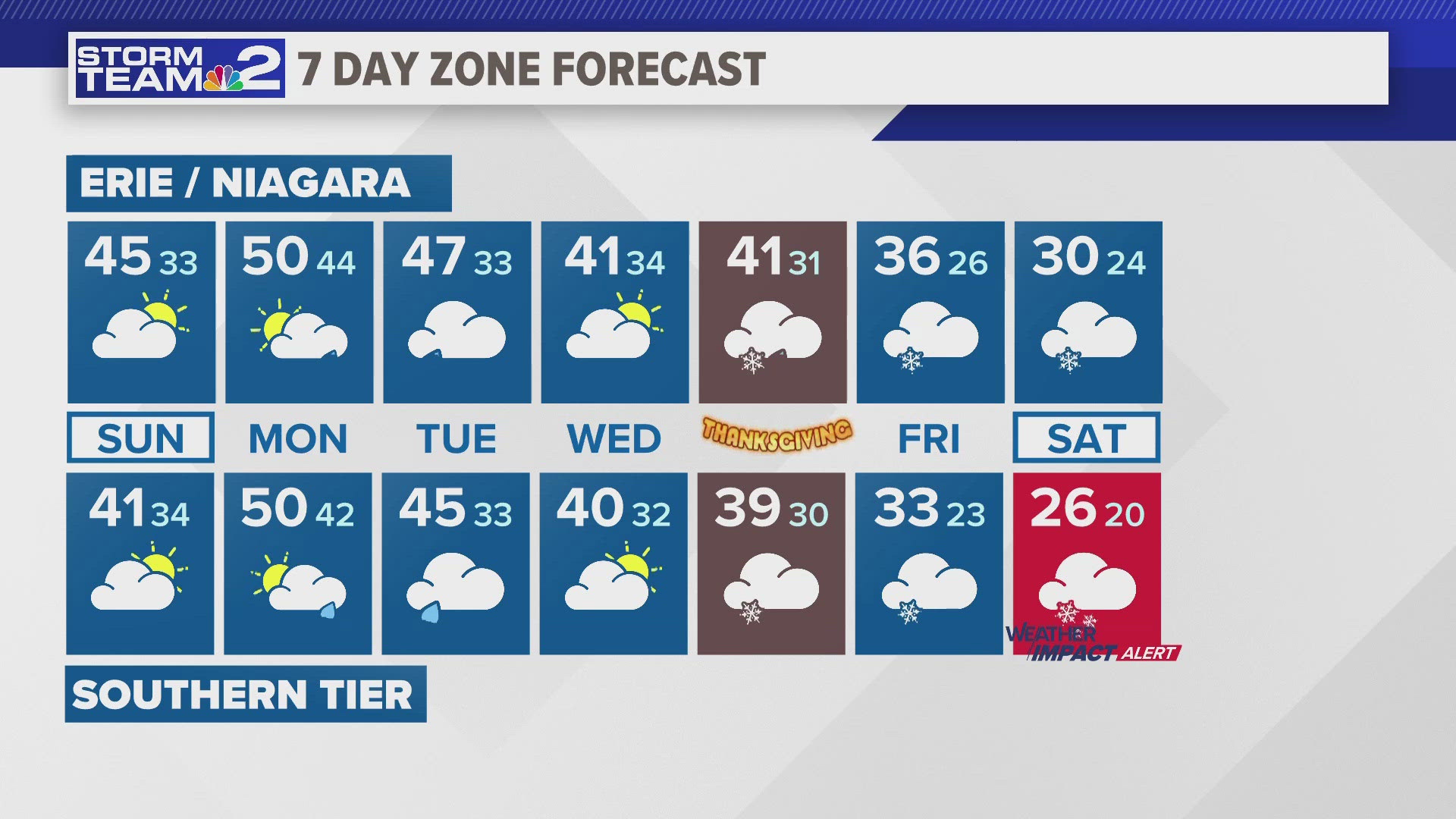BUFFALO, N.Y. — If you go by an astronomer's calendar, as most do, the fall season officially started at 3:50 a.m. on Monday, September 22. At that exact moment, the sun's most direct rays crossed right over the plane created by the Earth's equator.
But the timing of the autumnal equinox can shift quite a bit over the years. That single moment in time can occur anytime from September 21 through September 24.
There are several factors that play into the very specific timing of the equinox. The two most prominent are Earth's orbit around the sun and the axis of Earth's rotation. Contrary to what we may learn in elementary school, both of those things shift slightly over very long timescales.
Learn about the delicate balance of our place in the solar system in this week's Heather's Weather Whys.
The word "equinox" is Latin for "equal night," meaning both day and night are 12 hours long. But that phenomenon only occurs at Earth's equator during the equinox itself. Buffalo's "equal day and equal night" falls on September 26 this year.
The delay is a result of Buffalo's higher latitude and the acrobatic physics that the sun's rays perform on the way to Earth's surface. Similar inconsistencies occur during the vernal or spring equinox too.
New episodes of Heather's Weather Whys are posted to the WGRZ Youtube channel and wgrz.com every Wednesday. If you have a weather or earth science question for Heather to answer, send it to her at heather.waldman@wgrz.com or reach out to her on Twitter or Facebook.



